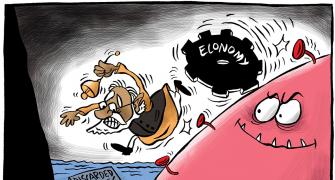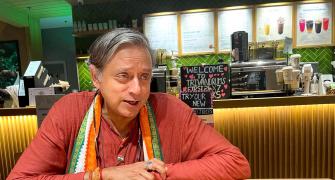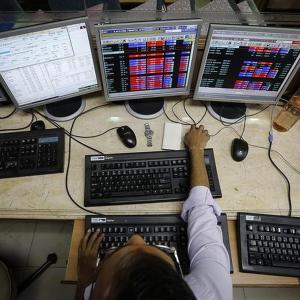The consumer buying patterns and preferences have changed significantly with categories like health and pharma, FMCG and agriculture seeing a surge and exponential growth along with the rising number of first-time online shoppers.

According to the ‘E-commerce Trends Report 2020’ by Unicommerce, an online retail-focused technology platform, e-commerce not only recovered, but witnessed an order-volume growth of 17 per cent as of June 2020.
After the lockdown was announced, the problem of limited availability and fear of getting infected created a new shift in consumer behaviour and their buying patterns leading to a new wave of online consumers.
The consumer buying patterns and preferences have changed significantly with categories like health and pharma, fast-moving consumer goods (FMCG) and agriculture seeing a surge and exponential growth along with the rising number of first-time online shoppers.
“As the world is grappling with the effects of Covid-19, the e-commerce industry in India has seen a major boost since the beginning of this year,” said Kapil Makhija, CEO, Unicommerce.
“With changing consumer buying patterns and preferences, the rise of new first time online users, increased focus on digitisation by retailers and brands opting for D2C (direct to consumer) model, we are confident the e-commerce industry will emerge as the most promising market across the globe with tremendous growth potential in the future," he said.
After e-commerce resumed operations post Covid-19, the return rate has seen a dip of about 10-30 per cent depending on the category.
The reduced return can be attributed to the new safety norms, increasing demand for essential products, which are generally non-returnable.
However, it will be interesting to see if the trend of lower returns continues in the long term.
The report said all leading e-commerce companies are focusing on cities beyond the metropolitan cities.
Currently, Tier II and beyond cities contribute around 66 per cent of the total online consumer demand in India.
This share is expected to rise in the coming years.
Tier III and beyond cities witnessed 53 per cent growth, making it the fastest-growing region.
It has also been also observed that the top 5 Tier III cities contribute only about 22 per cent of the overall Tier III order volume.
However, in metros, the top 5 cities constitute 90 per cent of overall order volume.
The top 3 states, by e-commerce volumes, are Delhi NCR, Maharashtra, and Karnataka, and they constitute 65 per cent of overall consumer demand.
There is also an increasing trend of consumers buying directly from brands' websites.
Retail brands are now strengthening their online capabilities and opting for different approaches to connect with consumers.
In the last one year, there has been a considerable growth of 65 per cent for brands developing their own websites, which led to an increase in self-shipped orders.
However, the percentage of self-shipped orders declined from 35 per cent in February 2020 to 30 per cent in June 2020.
This decline can be attributed to brands trusting marketplace logistics due to better service levels and lower unpredictability during current uncertain times.
While the brands have created their own websites, they continue to sell on the marketplace as it still drives the majority of the order volume.
But the number of consumers shopping directly from the brands' websites is increasing at a much faster pace than marketplaces.
Brand websites have witnessed 88 per cent order volume growth as compared to 32 per cent order volume growth on marketplaces.
The top three segments that have seen an increasing penetration of D2C brands are beauty and wellness, fashion and accessories and FMCG and agricultural sectors.
India’s e-commerce sector seen a constant growth on an annual basis.
The e-commerce order volume saw a growth of about 20 per cent while the GMV (gross merchandise value) witnessed a surge of around 23 per cent with an average order size of about Rs 1100.
Beauty and wellness is one sector that has witnessed an unprecedented order volume growth of 130 per cent.
This is followed by FMCG and agriculture and health and pharma with a growth of 55 per cent and 38 per cent respectively.
These are emerging sectors with the potential to accelerate e-commerce growth in India.
Managing returns is an integral part of running an e-commerce business.
The total percentage returns (as a percentage of forward dispatches) saw a decline of 13 per cent as compared to last year.
It constitutes 17 per cent of the overall order volume as compared to 20 per cent in the previous year.
E-commerce companies have invested extensively to reduce COD (cash on delivery) returns as they constitute large part overall returns.
The return percentage on COD orders have reduced from 27 per cent in 2019 to 20 per cent in 2020 and for prepaid orders.
The total return has decreased from 12 per cent in 2019 to 11 per cent in 2020.
Even after such remarkable reduction in COD returns, it's still almost 2X returns on prepaid orders.
Another interesting trend observed is Tier II and beyond cities have seen a significant reduction of 23 per cent in overall returns.
This change can be attributed to increasing, technology adoption improved last-mile delivery and customer-centric return policies.










